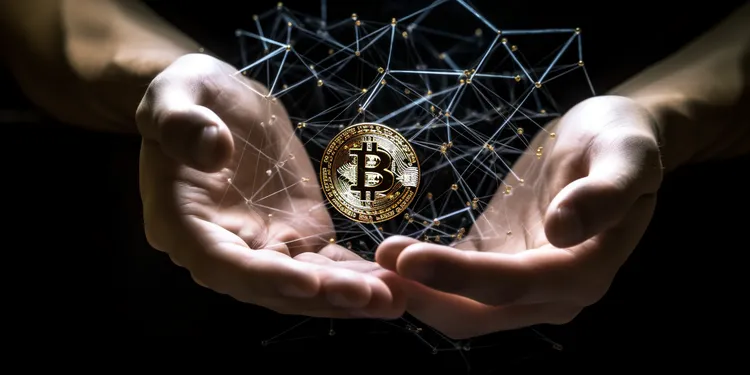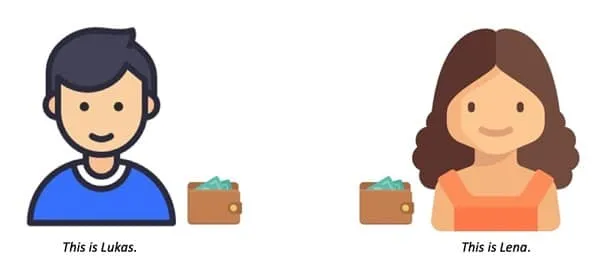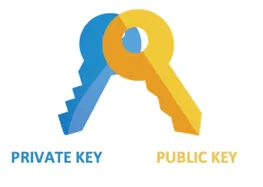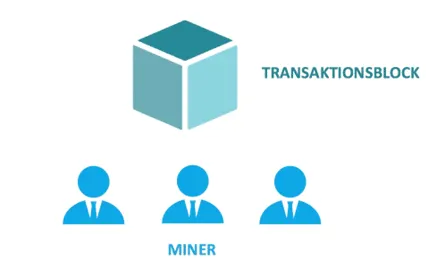How do bitcoin transactions work?
Bitcoin has long since arrived in mainstream society as a means of payment. The digital currency stands for efficiency and transparency in its transactions. Moreover, because Bitcoin is not subject to inflation, the cryptocurrency is increasingly being used today. But how do Bitcoin transactions actually work? We will explore this question in this article.

Lost in a jungle of complicated terms?
Wallet, blockchain, key and miner – we deal with all of these when we transfer our Bitcoins. But no fear! Not only newcomers, but also advanced Bitcoin owners, can sometimes feel quite lost between all these abstruse terms.
We would therefore like to provide a little clarity in the technology jungle - and we can already reveal this much: Sending and receiving Bitcoins is not witchcraft!
For all Bitcoin newbies, all cryptocurrency veterans and anyone interested in technology, we will now explain in a simple and compact way how transactions with Bitcoin work.
The most important thing – short and compact:
Bitcoin transactions are secured by digital signatures and are sent back and forth between Bitcoin wallets.
In addition, every user of the Bitcoin network can view every transaction ever made via the Bitcoin blockchain!
All right so far, right? Hopefully, it stays that way when we tell you the following:
There are no bitcoins at all - only records of bitcoin transactions.
Yes, you heard right! Bitcoins do not exist anywhere - neither in your personal crypto wallet nor on Satoshi Nakamoto's private hard drive.
While it's often said that someone “owns” bitcoins, if you search for a specific bitcoin address, you won't find any digital bitcoins there. You simply cannot point to a digital file, let alone a physical object, and say: That's a bitcoin!
Instead, there are only records of transactions between different addresses with balances that have either increased or decreased. Every transaction that has ever been conducted is stored in a public ledger (ledger), the blockchain. If you want to find out the account balance of any Bitcoin address, you can theoretically calculate it using the blockchain.
As already mentioned, no information is stored in the address itself. However, every amount that has ever been sent or received from this Bitcoin address is recorded in the blockchain.
How does a bitcoin transaction work?
This brings us to our main topic. To present the whole thing a little more clearly, we will now use the example of two fictitious people:

1. Create a new Bitcoin address
Lukas and Lena both have Bitcoin wallets on their computers.
Wallets are files that provide access to multiple Bitcoin addresses.
A Bitcoin address is randomly generated and consists of a sequence of letters and numbers.
For example: 3ZUGHefgDiJHT56BcexlU02HH5jkoERT3x.
Each address has its balance of Bitcoins.
Although they work a bit differently, it might help initially if you think of Bitcoin addresses like traditional bank accounts.
Just one of the many differences between a bank account and a bitcoin address would be that bitcoin users can create as many addresses as they want.
And that's exactly what's happening now: Lena wants to send Lukas money in the form of Bitcoin. To receive the payment, Lukas generates a new bitcoin address using the bitcoin client software.
Briefly explained: The official Bitcoin Client is a desktop wallet with which you can manage your bitcoins and receive and make payments on your PC or notebook.

When Lukas creates a new address, he actually creates a “cryptographic key pair” consisting of a private key (private key) - which only he knows - and a public key (public key) - which can be viewed by everyone.

If you sign a transaction with a private key, it can be verified with the matching public key. Lukas' new Bitcoin address now has a unique public key - the corresponding private key is stored in his wallet. With the public key, anyone in the Bitcoin network can check whether a transaction signed with the private key is valid.
You can imagine a Bitcoin address like a locker with a glass door. Everyone knows what's in it, but only the private key can open the locker and put things in or out.
2. Submit a payment

Lena now tells her bitcoin client that she wants to transfer her bitcoins to Lukas' address.
This transaction contains three pieces of information:
- An input: This is the record of which address Lena previously received the bitcoins from (possibly she bought the coins at a crypto exchange or her friend Tobias sent them to her, etc.)
- An amount: This is the (partial) number of bitcoins that Lena sends to Lukas.
- An output: In our case, this is Lukas' Bitcoin address (i.e., the recipient address).
An output: In our case, this is Lukas' Bitcoin address (i.e., the recipient address).
Anyone on the Bitcoin network can now use the public key to verify that the transaction request actually came from the legitimate account holder - i.e. from Lena.
Too fast? We summarize it again:
The public key is used to receive bitcoins.
The private key is used to sign transactions and - subsequently - to spend bitcoins.
When spending bitcoins, the current bitcoin owner submits his public key and his digital signature (in the form of the private key) in a bitcoin transaction.
With the public key, anyone in the Bitcoin network can now verify the transaction, recognize it as valid and thus confirm that the person who transferred the Bitcoins lawfully owned them at the time of transfer.
And this is exactly what is happening now:
3. Transaction verification
Lena has now sent her bitcoins. However, these have not yet reached Luke. Because before that, the bitcoins are sent from Lena's wallet to the bitcoin network. There, so-called Bitcoin miners check the transaction and use their computers to bundle it into the “transaction block”. A new block in the Bitcoin blockchain has emerged!

Since the different blocks in the blockchain are placed next to each other, the transaction from Lena to Lukas is overlaid by more and more new blocks over time - and is, so to speak, safely embedded in the blockchain.
Why is there sometimes a wait when a transaction is confirmed?
As we have already explained, every transaction on the Bitcoin network is confirmed by the miners. Sporadically, you are forced to wait until they are finished mining. The Bitcoin protocol works in such a way that each block of transactions takes about ten minutes to complete.
With some retailers, you as a user have to wait until the block is confirmed.
Other merchants, on the other hand, do without the waiting time until the transaction is confirmed. So, they're taking some risk by assuming people won't try to spend their bitcoins on other things until the transaction is confirmed.
This is quite common, especially for small transactions (Micropayments) - because the risk of fraud is quite low here.
Each recipient can decide for themselves how many confirmations they need.
Basically, it can be said: The more confirmations the transaction goes through, the more secure it is. At the same time, however, the transaction process also slows down.

